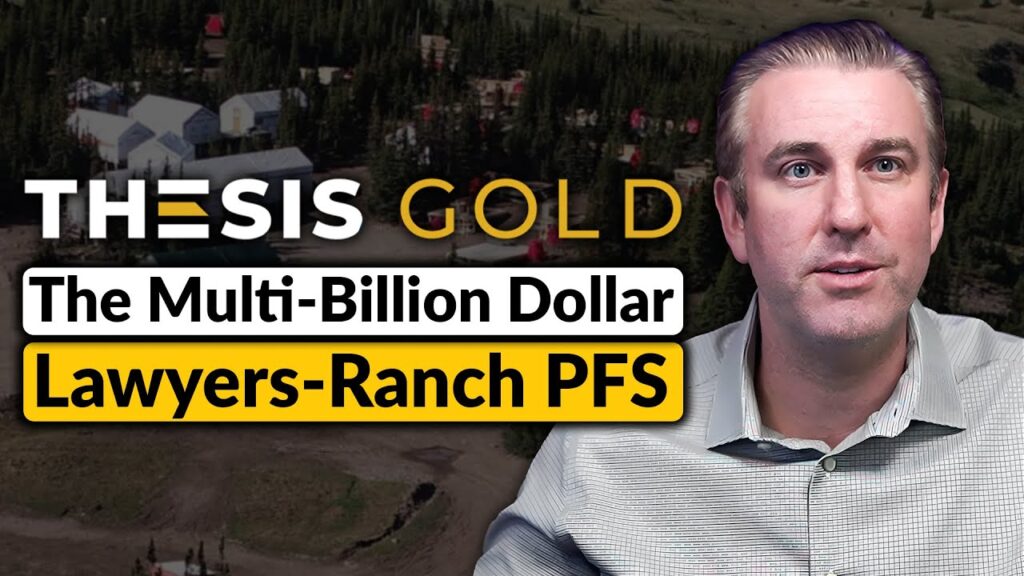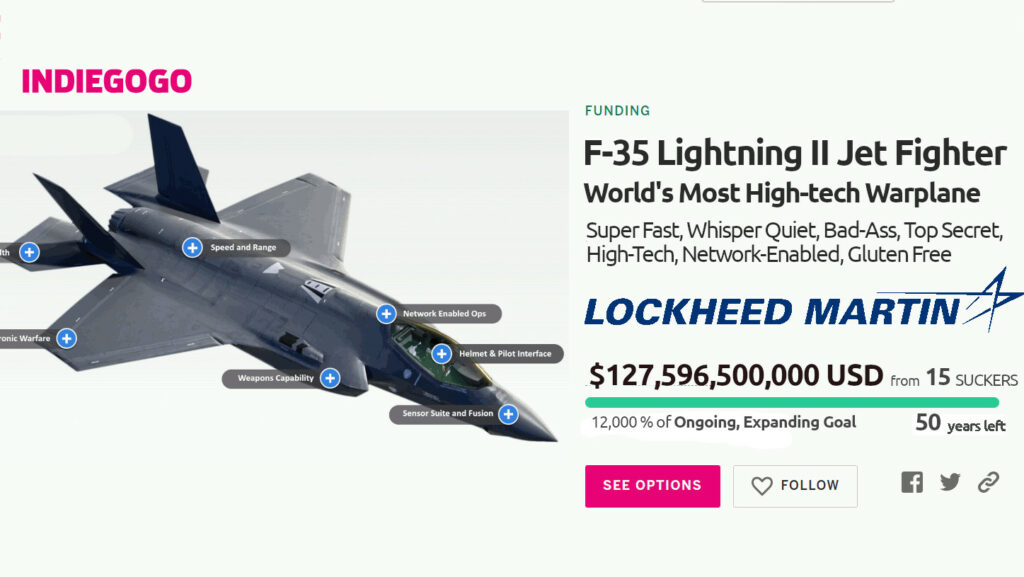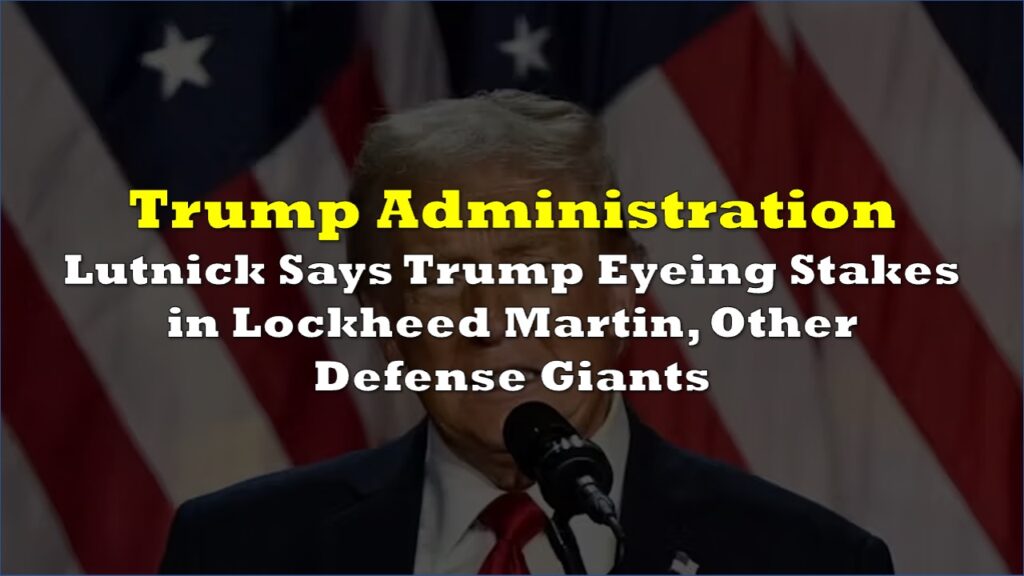Lockheed Martin, the company behind the F-35 fighter jet, finds itself scrambling to safeguard its multibillion-dollar deal with Canada. When Ottawa agreed in 2023 to buy 88 new warplanes worth approximately $19 billion, it only committed legal funding for 16 jets, leaving the future 72 uncertain.
Now that Prime Minister Mark Carney has ordered a review of the F-35 purchase, Lockheed Martin is offering to create more jobs on Canadian soil if the full order is confirmed.
“Lockheed Martin has approached Ottawa on the offer of more jobs in Canada if we purchase all the jets,” a senior government source said. Officials are particularly sensitive to public sentiment regarding any reliance on US defense technology, given President Donald Trump’s unpredictable approach to trade sanctions and his suggestion that Canada might be excluded from crucial software upgrades.
These worries have spurred renewed interest in Saab, the Swedish company whose Gripen fighter jet was the runner-up in the original competition.
Lockheed Martin defends its record in Canada, noting that it has long involved Canadian companies in the global supply chain for the F-35.
“Canada has been a strong partner on the program since 2002 and a critical part of the supply chain prior to procurement of aircraft,” the company said in a statement.
Still, unlike Saab, which touted a “made-in-Canada fighter” concept, Lockheed Martin did not guarantee local manufacturing facilities, instead focusing on allowing partner nations to compete for F-35 contracts.
The situation occurs at a moment when Canada is exploring closer defense cooperation with Europe, fueled by the EU’s call to expand trans-Atlantic security partnerships. Canadian factories might soon gain access to generous EU loans and grants, shaping a new military-industrial framework that would span continents.
Carney emphasized Canada’s “unique position as the most European of non-European countries” in discussions with European Commission President Ursula von der Leyen, signaling Ottawa’s openness to diversifying away from traditional reliance on the US.
Information for this briefing was found via The Globe And Mail and the sources mentioned. The author has no securities or affiliations related to this organization. Not a recommendation to buy or sell. Always do additional research and consult a professional before purchasing a security. The author holds no licenses.








One Response
A good plan. For too long we have trusted the US and failed ourselves. So it is a plus the US has woken Canada up from our complacent attitude. As a country we must work together and with partners who can be trusted but we must never again depend so much on one ” partner”. It is time for Canada to start wearing “the big boy pants”. Canada first. Create solid alliances that show we are also responsible and have “grown up”.